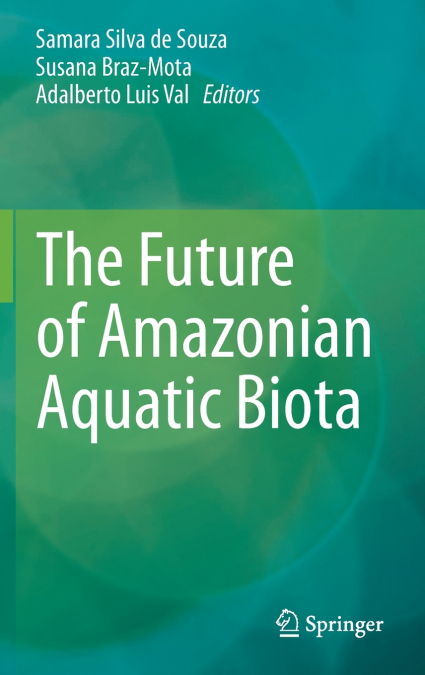
The aquatic habitats of the Amazon region are subject to natural daily and seasonal variations in the physico-chemical properties of the water. The organisms that inhabit these habitats have developed adaptations to cope with these natural events. However, human-induced environmental changes are threatening ecosystems and affecting biodiversity at all levels of biological organization by causing drastic changes in climatic conditions in a shorter period of time, without giving organisms time to adapt. In this sense, the book addresses the future of aquatic organisms in the Amazon, including bacterial symbionts, insects, crustaceans, fish, plants, and amphibians, and provides an overview of what the future of biodiversity in the Amazon will look like, both in terms of organisms’ adaptations to natural changes and in terms of vulnerability and responses to human impacts, highlighting possible mechanisms to minimize the expected impacts. The book also provides a brief overview of the risks that climate change poses to livestock, strategies for the sustainable use of species in the Amazon region and the impact of climate change on fish diseases.